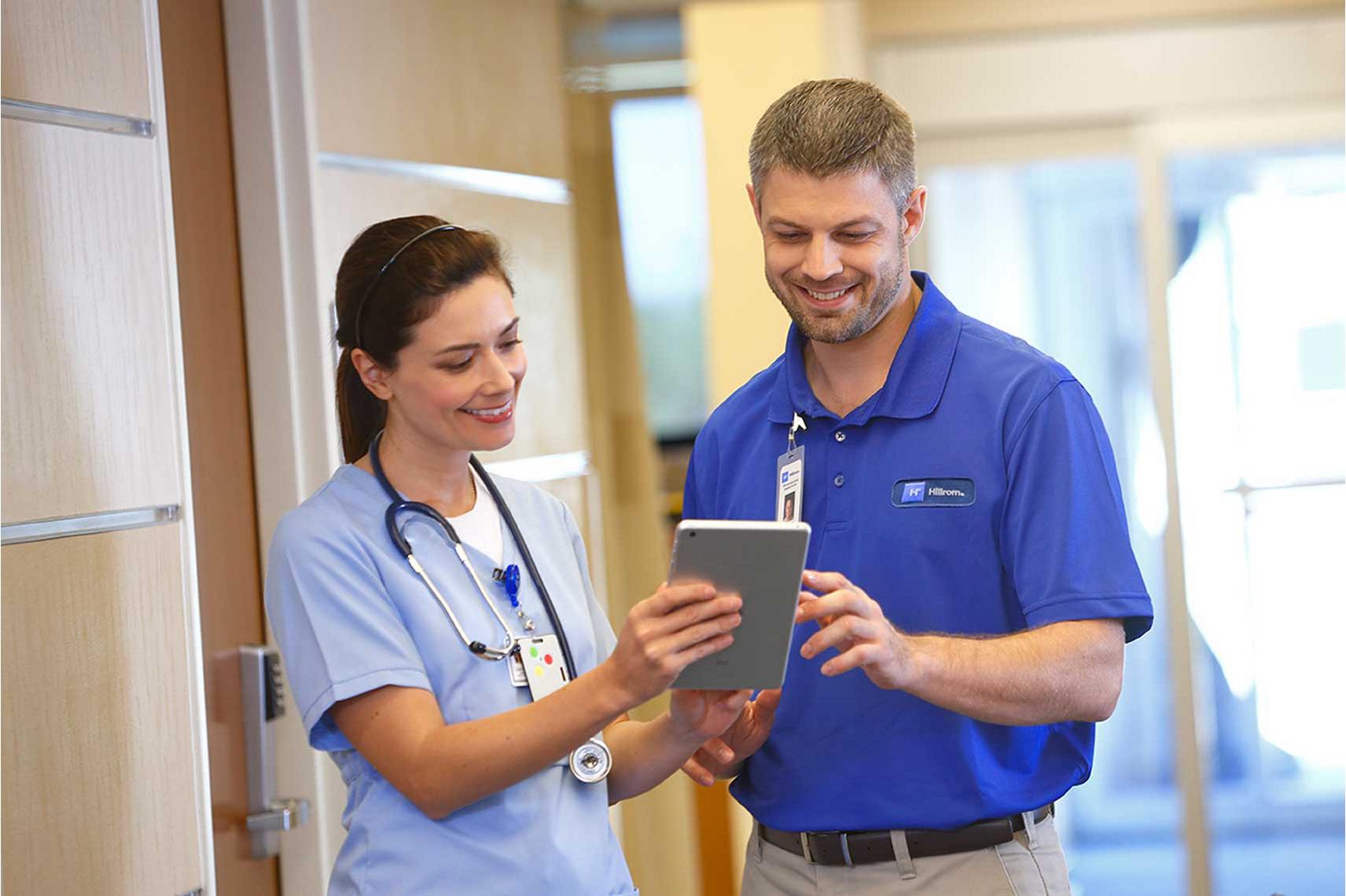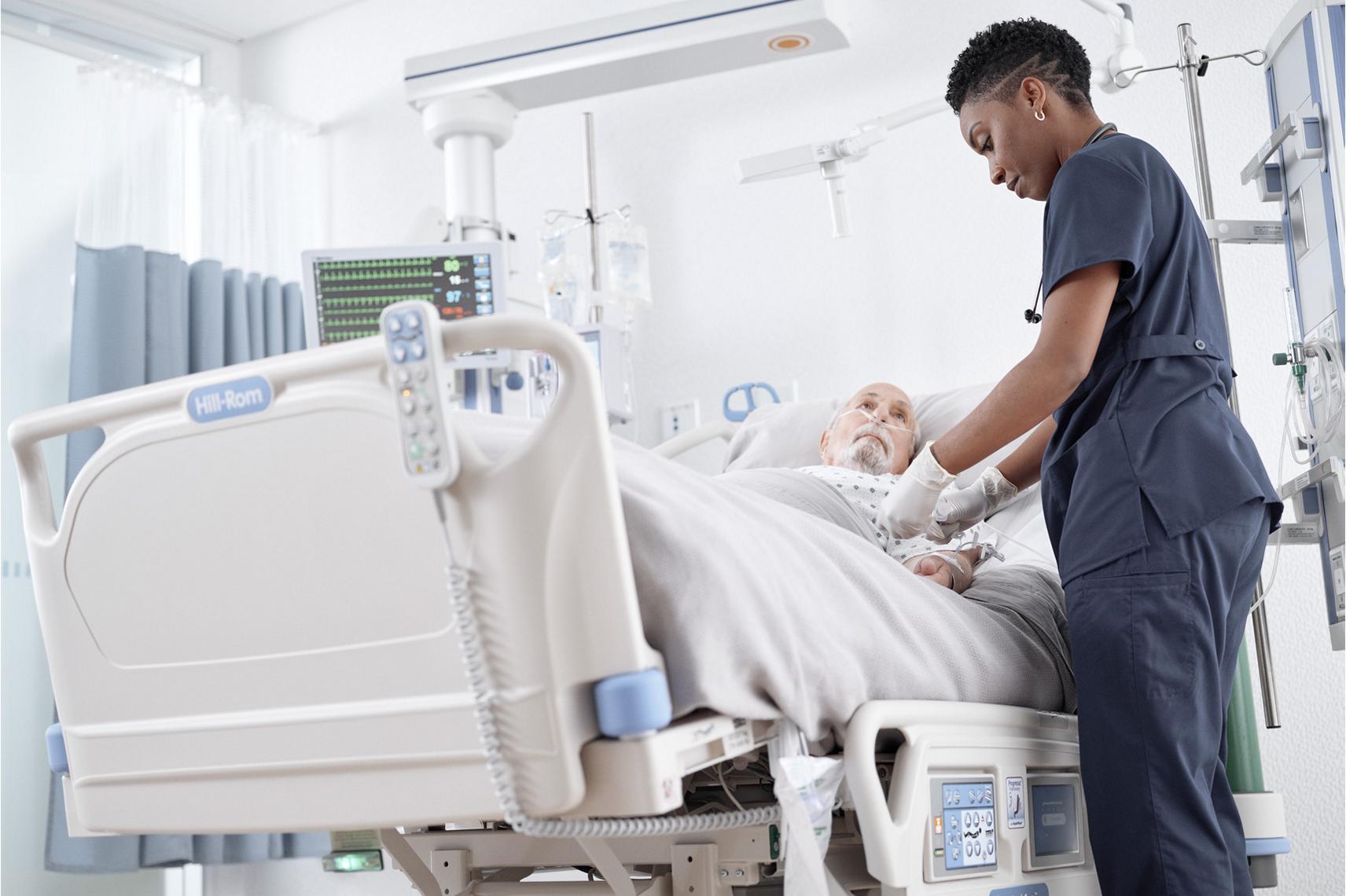
RECOVERY
The concept that early mobility helps patients recover faster is supported by published clinical evidence.
We provide an integrated portfolio of smart solutions and clinical support which aids early mobility and facilitates safe, efficient care.




Help patients get
better sooner
- Our solutions help provide ways to mobilise patients earlier and safer to accelerate recovery of patients
- We can provide solutions of smart beds and safe patient handling to enhance caregiver workflow, aid decision making and improve patient safety
- By working with hospitals to design ICU wards so that equipment is fully utilised, we can help improve the solutions we deliver to patients and caregivers

Supporting your biggest challenges




"The ICU is like an aeroplane cockpit, all devices need to be integrated, so information can be shared between devices…
this is important for patient management, predictive indicators help us attend patients faster so we can react quickly to patient deterioration”
Richard Ferrer, MD, PhD,
Hospital General Universitario, Vall d’Hebron, Barcelona
- Klein, K., Mulkey, M., Bena, J.F., & Albert, N.M. (2015) Clinical and psychological effects of early mobilization in patients treated in a neurologic ICU: a comparative study. Critical Care Medicine, 43 (4):865-73.
- Schweickert, W. D., Pohlman, M. C., Pohlman, A. S., Nigos, C., Pawlik, A. J., Esbrook, C. L., I Kress, J. P. (2009). Early physical and occupational therapy in mechanically ventilated, critically ill patients: A randomised controlled trial. Lancet, 373, 1874-1882.
- Liu, K., Ogura, T., Takahashi, K., Nakamura, M., Ohtake, H., … Mato, T., (2019). A Progressive Early Mobilization Program Is Significantly Associated With Clinical and Economic Improvement: A Single-Center Quality Comparison Study. Critical Care Medicine. 47. 1.
- 2014 AHA Data.
- 2013 Hill-Rom IPUP™ Survey. Data on file.
- Gray M and Giuliano K. J Wound Ostomy Continence Nurs. 2017;00(0):1-5.
- Scott RD. (2009). The Direct Medical Costs of Healthcare-Associated Infections in U.S. Hospitals and the Benefits of Prevention. Centers for Disease Control and Prevention.
- Nigam Y, Knight J, Jones A. (2009). Effects of bedrest 3: musculoskeletal and immune systems, skin and self-perception. Nurs Times, 105(23):18-22.
- Halar EM. (2001). Disuse Syndrome. 1994. Demos Publishing Med




